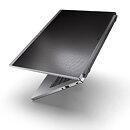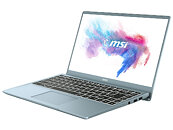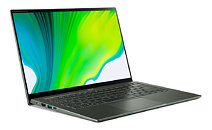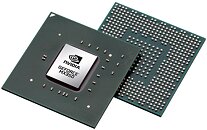Aetina Introduces New MXM GPUs Powered by NVIDIA Ada Lovelace for Enhanced AI Capabilities at the Edge
Aetina, a leading global Edge AI solution provider, announces the release of its new embedded MXM GPU series utilizing the NVIDIA Ada Lovelace architecture - MX2000A-VP, MX3500A-SP, and MX5000A-WP. Designed for real-time ray tracing and AI-based neural graphics, this series significantly enhances GPU performance, delivering outstanding gaming and creative, professional graphics, AI, and compute performance. It provides the ultimate AI processing and computing capabilities for applications in smart healthcare, autonomous machines, smart manufacturing, and commercial gaming.
The global GPU (graphics processing unit) market is expected to achieve a 34.4% compound annual growth rate from 2023 to 2028, with advancements in the artificial intelligence (AI) industry being a key driver of this growth. As the trend of AI applications expands from the cloud to edge devices, many businesses are seeking to maximize AI computing performance within minimal devices due to space constraints in deployment environments. Aetina's latest embedded MXM modules - MX2000A-VP, MX3500A-SP, and MX5000A-WP, adopting the NVIDIA Ada Lovelace architecture, not only make significant breakthroughs in performance and energy efficiency but also enhance the performance of ray tracing and AI-based neural graphics. The modules, with their compact design, efficiently save space, thereby opening up more possibilities for edge AI devices.
The global GPU (graphics processing unit) market is expected to achieve a 34.4% compound annual growth rate from 2023 to 2028, with advancements in the artificial intelligence (AI) industry being a key driver of this growth. As the trend of AI applications expands from the cloud to edge devices, many businesses are seeking to maximize AI computing performance within minimal devices due to space constraints in deployment environments. Aetina's latest embedded MXM modules - MX2000A-VP, MX3500A-SP, and MX5000A-WP, adopting the NVIDIA Ada Lovelace architecture, not only make significant breakthroughs in performance and energy efficiency but also enhance the performance of ray tracing and AI-based neural graphics. The modules, with their compact design, efficiently save space, thereby opening up more possibilities for edge AI devices.

























